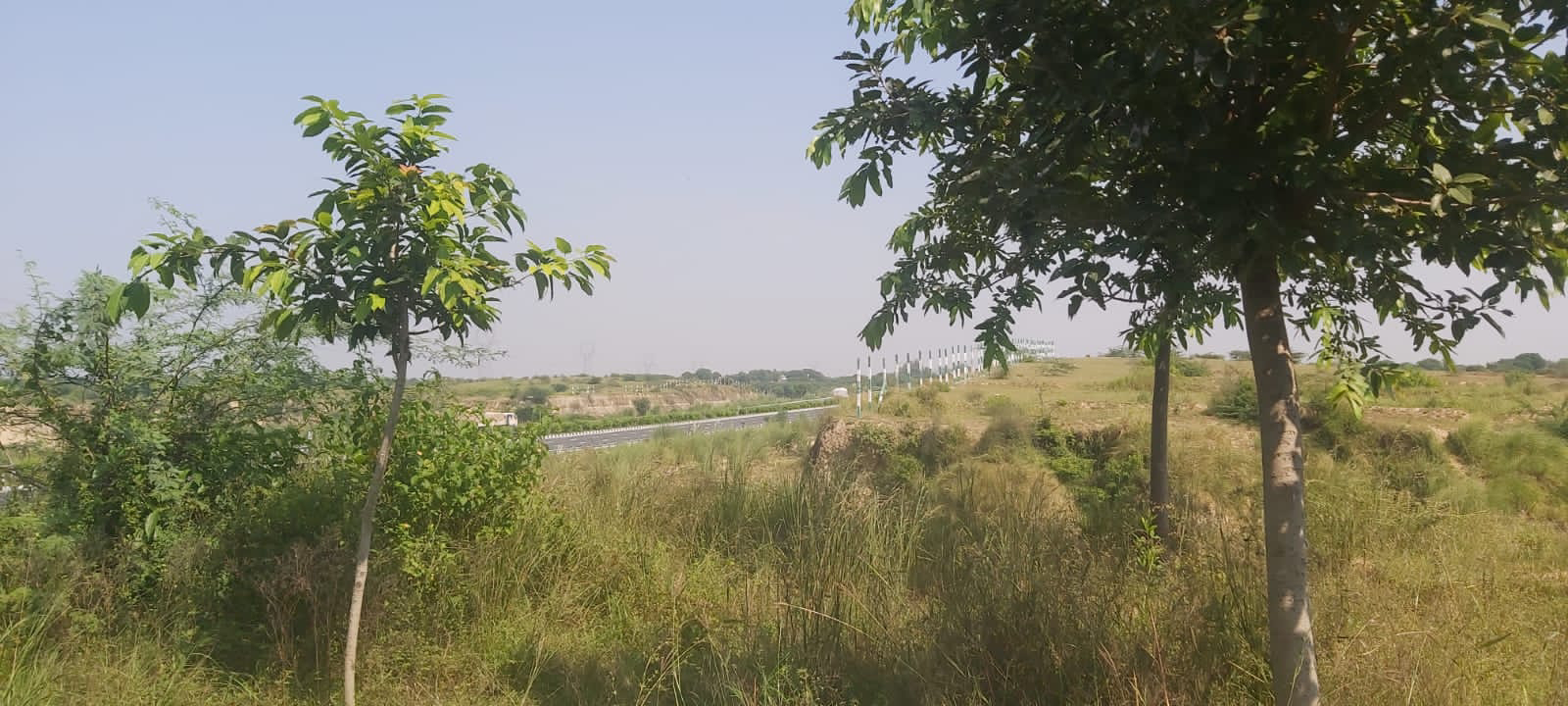Why Trees Are Important For Urban Areas?
Here are some important health benefits of trees:
1- Trees filter the particles out of the air we breathe, which decreases our risk of respiratory problems, including asthma. One study found that in 2010, trees removed 17.4 million tons of air pollution across the US, which prevented 850 human deaths and 670,000 cases of acute respiratory symptoms.6- The presence of trees can help people with neurodegenerative diseases. Thus trees help the patients to regain a sense of self.
7- Forest food, including fruits and nuts, wild leaves, palms, wild roots and tubers, mushrooms and insects are a source of nutritious food that helps to combat malnutrition.
8- Trees can help reduce our exposure to water-borne pollutants because trees filter stormwater, and improve the water quality of runoff.
9- Trees can help reduce our exposure to water-borne pollutants because trees filter stormwater, and improve the water quality of runoff.
10- Trees release beneficial chemicals, phytoncides (chemicals released by trees and plants), which have beneficial effects on immune systems and increase the natural killer cells (cells of the innate immune system).
11- Trees can prevent Cancer. Forest-bathing boosts our immune system by increasing Natural Killer cells which can kill tumour cells.
12- Forests help us stay happy, relaxed, and well. When we are exposed to nature, even for a short time, the parasympathetic nervous system gets active, lowering the blood pressure, pulse rate, inflammation, cortisol levels, and elevates the moods. As a result, we can feel increased vigour and decreased depression, anxiety, fatigue, and mental fog.
13- Forests provide a rich reserve of compounds that are key ingredients in 25% of all medicines. Trees contain a wide variety of bioactive compounds which help in fight with diseases.
14- Skin cancer is the most common form of cancer in the United States. Trees reduce UV-B exposure by about 50 percent, thus providing protection to children on school campuses and playgrounds - where children spend hours outdoors.
15- Bioactive compounds of several medicinal plants have excellent ability to work against coronaviruses because these compounds are known to act on viral protein targets.
But, our trees are facing anthropogenic stress for survival. About 55% of the forests that covered the Earth are gone. Each year, 16 million hectares disappear. According to the World Resources Institute, only about 22% of the world's old growth forest cover remains "intact". Seven countries (Russia, Brazil, Canada, United States, China, Indonesia, and Democratic Republic of Congo) account for more than 60% of the total.
Forest soils recover from disturbances slowly over many years, up to 80 years following a wildfire and as many as 30 years after clearfell logging (which removes all vegetation in an area using heavy machinery). During high-intensity forest fires, soil temperatures can top 500 degrees Celsius (932°F), which leads to the loss of soil.
According to C40 Knowledge Hub, extreme heat events in cities can cause mortality spikes of up to 14%, as well as lower workforce productivity and damage to infrastructure such as roads and rail lines. Today, extreme heat impacts around 68 million people globally. This number is expected to increase 15-fold to around a billion if global heating reaches 2°C, while a 4°C rise would mean that nearly half the global population is affected. Unmitigated, urban heat could cost cities up to 11% of their Gross Domestic Product (GDP) by 2100.
Urban areas face significant challenges as the threat of extreme heat rises, owing to a built environment that concentrates and amplifies heat, creating urban heat islands temperature by 4 °C (7.2 °F) and nighttime temperatures by up to 2 °C (3.6 °F). The hot weather could also push prices up for food, making inflation even worse and results into heatflation.
One in four lives could be saved during extreme heat events in Los Angeles (USA), by increasing tree canopy.
At a time when climate change is making heat waves more frequent and severe, trees are working as stationary superheroes to control climate crisis. Gardens, parks and street trees make up what is called an urban and community forest. These pockets of greenspace are vitally as important as important as rural forests. Green spaces such as parks act as are cooler than built-up areas and have “park cool island” effect.
But, trees are not equitably distributed throughout our cities and towns, low income housing areas experiencing lower tree canopy than economically advanced housing areas. So, we should increase tree canopy to ensure tree-equity and health for all the people of the society.
Globally, tens of millions of lives could be saved if cities invest an average of $4 per resident annually in planting urban trees.
By 2050 the vast majority of humanity will live in cities, towns, and other urban areas. Among the most pressing of global urban environmental challenges is air that is either too dirty or too hot.
Policymakers should maintain and plant more trees, develop more parks, and fund research about trees.
We, humans, should never forget the fact that it is only after 100+ years that forest become as they were before the cut.
In future, trees would be one of the essential part of the solutions for a better and liveable planet. Save trees, forests, related Ecosystems for Nature and for future.
Pic: Man-made Forest of Jalalpur village (Lucknow-Agra Expressway, on riverbank of Yamuna, Firozabad, Uttar Pradesh,India)








Comments
Post a Comment